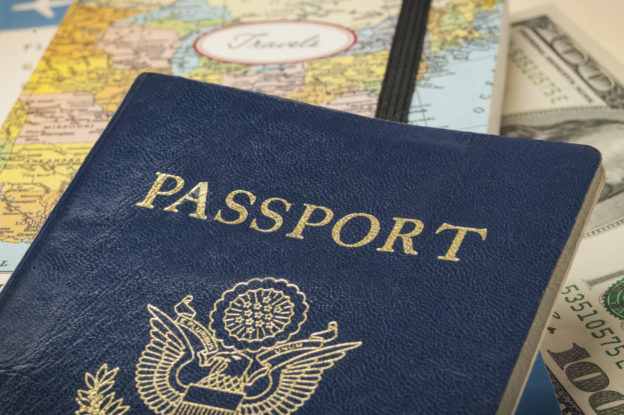This week, I’d like to revisit a blog from late last year. Recent political and cultural events continue to reinforce the fact that our economy is globalizing more and more with each passing day. It behooves us, then, to become more aware of difference between cultures, and how to maneuver through shifting sensibilities.
Here is an excerpt from that blog post:
We recently completed a project for a client in China … Taipei, to be exact. We first worked with them in 2014 when they came to us to “up” their booth experience by integrating a live presentation into their exhibit. This we easily did (it remains one of our core competencies), and show management honored our efforts with a “Most Distinctive Booth” award.
There was much rejoicing.
The client, we are happy to report, came back again this year, wanting to again kick their booth experience up a notch. However, this is when our assumptions were given a hard dose of reality.
During this year’s discovery calls, we suggested that the previous year’s straight-forward presentation be enhanced with an ARS (audience response system), or perhaps engage the attendees by having them use their Smartphones to text responses to questions asked by the presenter (the resulting texts would appear on the screen behind the presenter.) This is part of the natural evolution of trade show presentations, and we’ve done this for many other clients on small and large scales to great success. The questions could be simple multiple choice, perhaps an anecdotal one, mixed with a few polling questions. (We’d generate up-to-the-second market research too!)
Sounds like a no-brainer, doesn’t it?
What we didn’t bargain for is that Chinese attendees, and attendees from other countries this trade show draws from, find this type of interaction intrusive at best, and in bad taste at worst.
All right, we thought … let’s step it back a little. We reduced the interaction to simple “hand raising ” in response to questions posed by the presenter. After a polite pause on the other end of our International call, our clients again demurred, stating unequivocally that the show’s attendees would not respond to this type of “forward” interaction.
So there we were, with a client who wanted to “up” their presentation experience, but with an audience who found most forms of interaction distasteful.
What we settled on was an evolution of the writing style of the presentation that made liberal use of phrases such as, ”Now, I know what you’re thinking …” and, “I can see by the look on your face that you have this question in your mind …”
Sounds a little dry, doesn’t it? And frankly, when you compare it to some of the interactive extravaganzas many US and European trade shows offer … it is.
But our client’s exhibit was given the “Most Distinctive Booth” award for the second year running. And for the second year running, there was much rejoicing. End of quote.
This proves yet again that when approaching our trade shows and events, we must make sure to check our assumptions at the door and research not just the latest marketing trends and “what’s new,” but we must also research how our target audiences are feeling right now … and not how we ASSUME they’re feeling.
As Americans, the temptation is too easy, and often unconscious, to think that we KNOW what our audiences want. I mean, come on, free stuff and a fun time? However, we must always remember that our grand little experiment we call the United States affords us a limited view of the world around us, and it is our job, and perhaps our mission, to get out of our own way and learn more about the suburb of the US called “the rest of the world.”
We’ll be better marketers, and better people.


